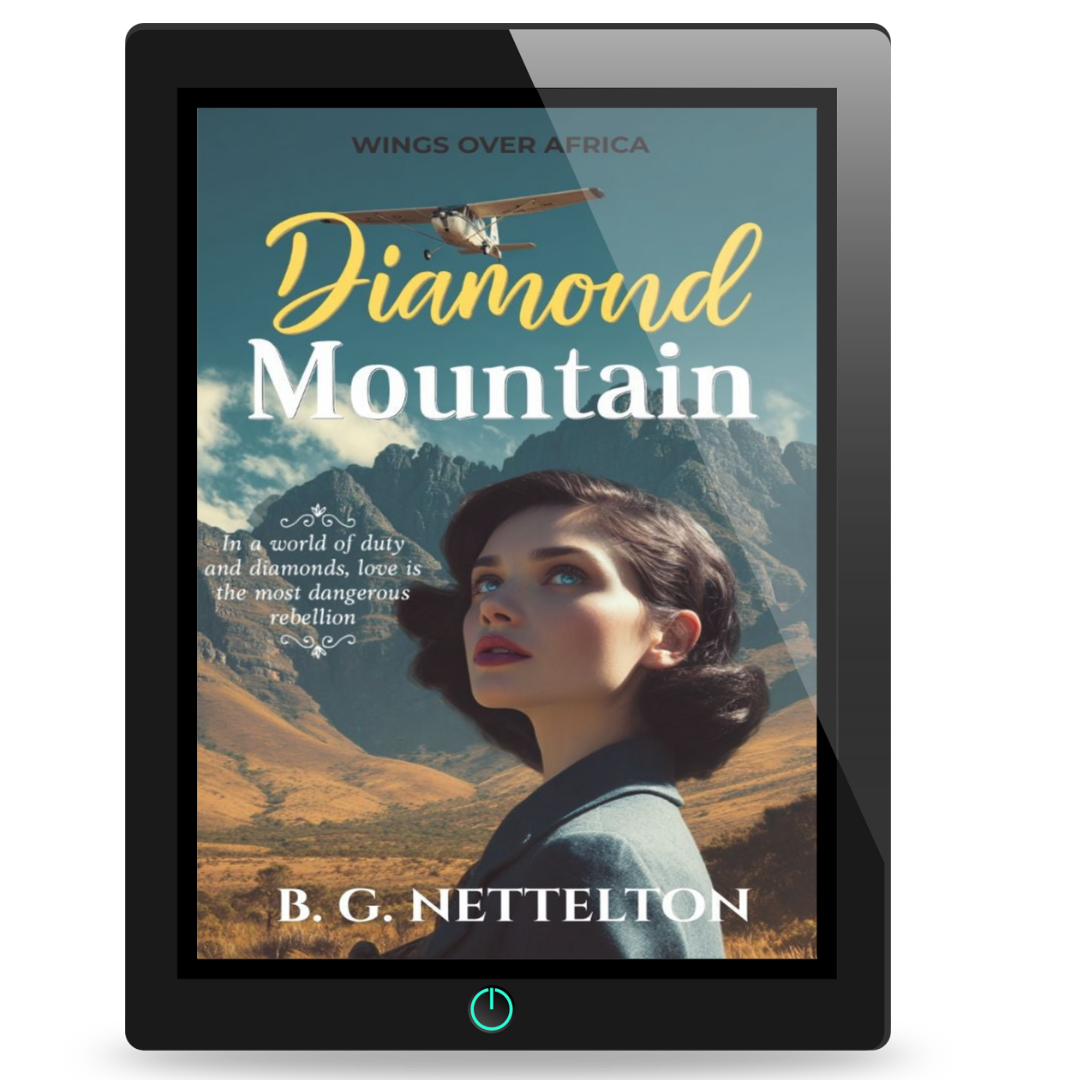The world’s most magnificent diamonds are often found in places of breathtaking beauty. And brutal hardship.

This is the world my father, Spencer 'Ted' Nettelton, occupied as a District Commissioner in 1960s Lesotho, a nation on the brink of independence, grappling with a Wild West-style diamond rush in its remote mountain peaks. Drawing directly from his published memoirs, my upcoming romantic suspense novel, Diamond Mountain, explores this volatile history through a story of high-stakes love, illicit gems, and impossible choices.
But what of the place itself, the real ‘Diamond Mountain’?

The name I chose for my novel is fictional, but its inspiration, Letseng le Terai (meaning “the swamp/turn by the graveyard” in Sesotho), is very real and its history is as dramatic as any thriller.
Located over 3,100 metres (more than 10,000 feet) up in the harsh, windswept Maluti Mountains of Lesotho, it is one of the highest diamond mines in the world. The air is thin, and winter temperatures plummet to bone-chilling lows. Long before it became the high-tech, globally significant mine it is today, Letseng le Terai was a place of raw hope and desperate gambles.
Its story as a diamond source began in the late 1950s when prospector Colonel Jack Scott was granted a concession. However, it was the period my father knew—the 1960s—that saw the area transform into a rugged, high-altitude frontier. Following the discovery of diamonds, thousands of local Basotho diggers flocked to the site, enduring primitive conditions to work small, private plots with little more than hand tools. It was a diamond rush in one of the most inaccessible places on earth.
This was the world my father stepped into as a District Commissioner. His diaries speak of the immense challenge of administering this remote area, where the promise of instant wealth created a volatile mix of hope, rivalry, and crime. The illicit diamond buying (IDB) he was tasked with investigating wasn't just a matter of clerical work; it was a high-stakes cat-and-mouse game played out on treacherous mountain roads and in isolated villages, often involving shadowy international syndicates. His notes capture the tension of trying to impose colonial law on a centuries-old way of life, all while navigating the complex politics of a nation on the brink of independence in 1966.
Letseng-la-Terai
The landscape of both the diggings and the country was on the cusp of monumental change. The era of small-scale, independent diggers was slowly giving way to the interests of global consortiums. Over the decades that followed, giants like De Beers would take an interest, and eventually, the mine would be developed by Gem Diamonds into the powerhouse it is today.
Yet, the mountain held its secrets. It wasn’t the quantity of diamonds that made Letseng le Terai legendary, but their extraordinary quality and size. It has a reputation for yielding some of the largest and most flawless diamonds the world has ever seen, including the 603-carat Lesotho Promise and the 910-carat Lesotho Legend.
This potent history—of immense wealth unearthed from unforgiving earth, of traditional life colliding with global capital, and of the constant struggle for control—is the bedrock of Diamond Mountain. The raw, untamed nature of the 1960s diggings provided the perfect setting for a story about risk, forbidden passion, and the moral compromises people make when survival is on the line. It’s a world where the gleam of a diamond can blind you to the danger in the shadows, and where the highest peaks can hide the deepest secrets.


